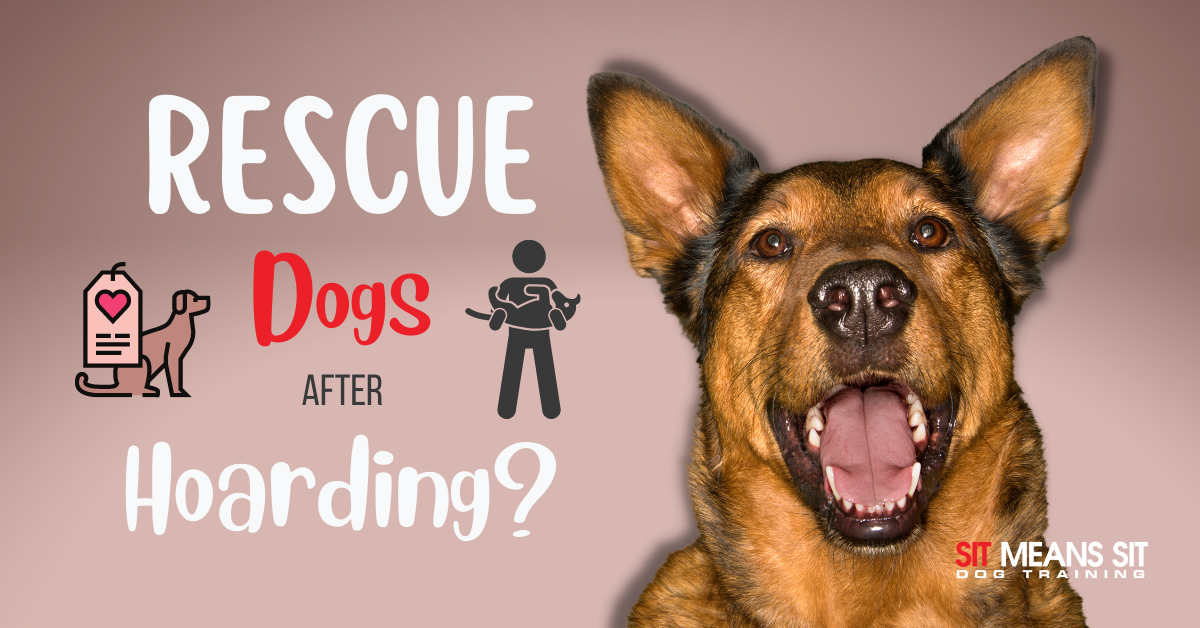
Everything You Need to Know After Rescuing a Dog from a Hoarding Case
Rescuing/adopting dogs can be an extremely rewarding experience, but what if it goes too far? Animal hoarding is a very real problem and it’s often not done on purpose as usually the amount of dogs in the home gets out of control for one family to handle. But, this type of environment can be super dangerous for a pup to live in and once an animal hoarding case is detected, the dogs are taken out of the home and put in shelters to rehome for a healthier situation. If you end up being one of the brave people to take on a rescue dog from a hoarding case, there are a few things you should know.
Rescuing Doesn’t Stop After the Adoption
Dogs that come from hoarding homes are often traumatized by the situation. A lot of these pooches are born from their parents not being spayed/neutered and they never got a chance to be loved and cared for individually. For the adopter of one of these dogs, it can be heartbreaking to watch your pup struggle to figure out the world around them.
Dogs that have been traumatized need different training and rehabilitation than other rescue animals. Research done by Dr. Frank McMillan and Dr. James Serpell indicates that rescued dogs from hoarding situations are far more likely to be fearful of humans, the world around them, and other animals. They are especially fearful of new environments and situations, which is a number of things if they came from a hoarding home.
Hoarded pups also are significantly less likely to have been trained in house behaviors, commands, and socialization. This means that a rescue dog will be more prone to going to the bathroom where they aren’t supposed to, shy away from affection and loud noises, while simultaneously wanting to be near others. This all can be confusing for a dog-owner who has never had to deal with a pooch that has behavior issues. But hoarder dogs need time, patience, and empathy when relearning behaviors.
Behaviors of Hoarded Dogs
Pups that come from hoardings are likely to have attachment disorders and compulsive behaviors. A dog who is rescued from this situation will want to interact and be near others but isn’t sure how to go about it. They also will usually pick up compulsive behaviors caused by trauma like pacing, spinning, and frequently licking objects or themselves. These behaviors are due to a sense of being held captive or restrained for a long period of time.
The difference between regularly traumatized dogs and hoarded animals is that hoarding dogs are less likely to show aggression to other pups because the amount of animals they are used to being around has trained the trait out of them. Dogs from hoarding homes are also less likely to have poor barking habits as the trigger of other dogs’ barking no longer affects them, although this may resurface if they are in the same home with another pooch who has a bad barking habit.
How to Move Forward
Many traumatized dogs will never behave exactly the same as other pups. But, that doesn’t mean that they can’t be great pets. Getting your rescue dog to trust you will take a lot of time and patience, but once they develop a strong bond with you, they are more loyal and protective of you than a regular pooch. They will adore you and it may even feel like they worship at your feet.
Remember to start slow when getting your dog comfortable with you and don’t be fearful of back peddling. This isn’t unusual in traumatized animals, pushing them too hard will only result in constant fear. Try reinforcing trust by not making eye contact, softly praising them with a positive tone and treats, as well as socializing them with other well-behaved dogs (after some trust is built) to show them the ropes! As your dog learns to trust again, don’t be afraid to try one on one training to introduce them to the idea of learning new things, situations, and people.
